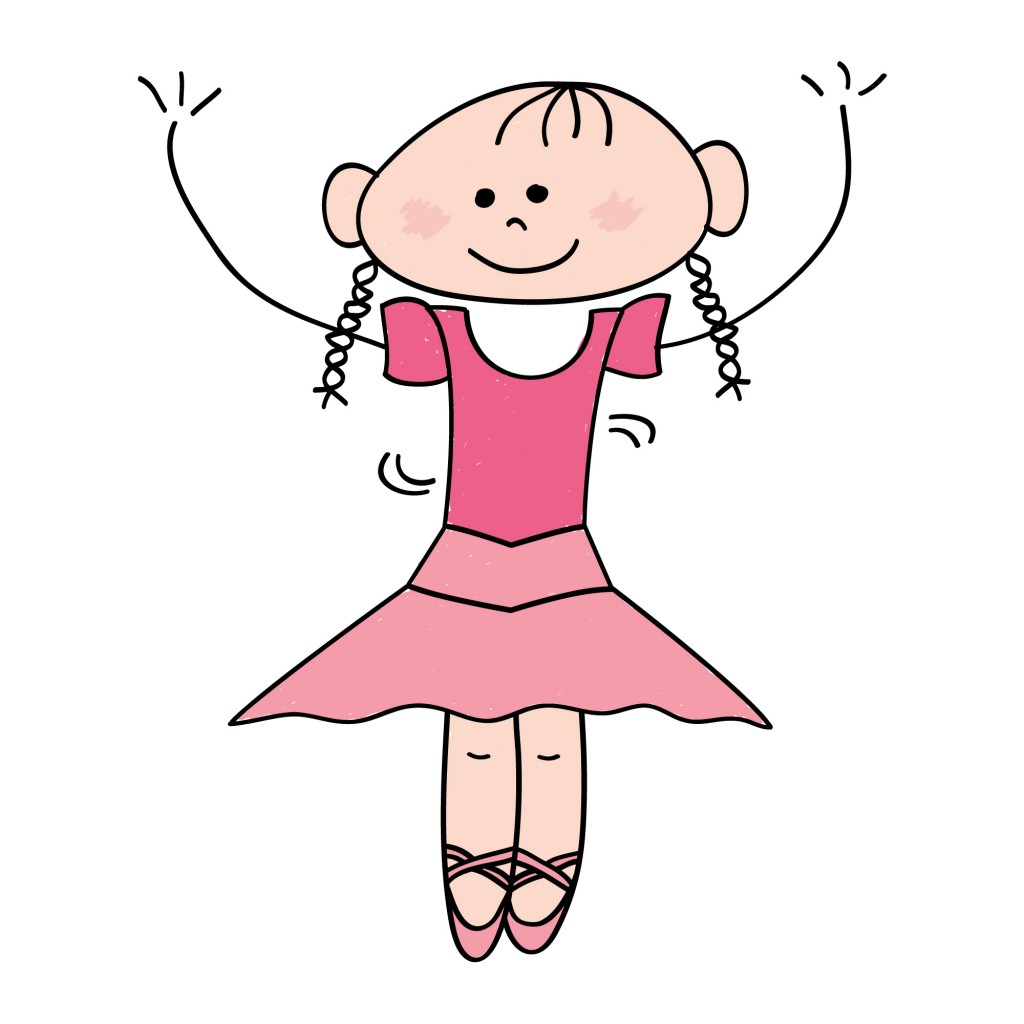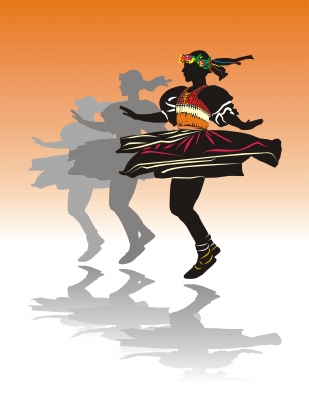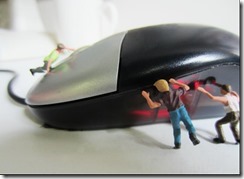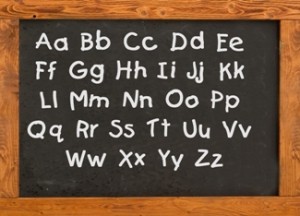
Dance after brain injury. A stretch of a topic you might think. Maybe an indulgence on my part.
I admit I love dancing in a freeform, embarassing to your children kind of way. I discovered the “global dance community” No Lights No Lycra” ( NLNL) which has great appeal for me.
A fundamental belief of NLNL is that everyone can dance. It describes NLNL as “ providing an inclusive and non-judgmental place for people to explore this notion. NLNL brings people together to experience freedom of self-expression and joy.”
While researching NLNL for personal interest, I thought I should expand my search beyond self interest and look at what the benefits of dance might be for everyone.
Particularly the benefits of dance on the brain and dance after brain injury.
What did I find that suggests dance after brain injury might be a good idea?
Dance and the Brain
The first findings were more about the benefits of dance for everyone. This article “Come Dance With Me” on Dance USA’s website gives a persuasive argument for the benefits of dance. It explains that dance involves many parts of the brain.
[box]“Dancing activates both sides of the brain, a process that promotes brain integration and improves learning. Many regions of the brain are required to remember, plan, and produce the coordinated movements that enable us to dance to music and rhythm.”[/box]
In a second article Come Dance With Me Part 2 the focus is on the potential benefits for children and young people. It describes a range of potential benefits including:
[box]”Scientific studies among youth have shown that dance improves stress, depression, self esteem, motivation, and concentration at school. Dance can also improve creative thinking, problem-solving skills, and the ability to cope with stress for those suffering from a variety of illnesses, and can increase the general quality of life of people of all ages.”[/box]

In addition to the benefits of physical exercise, dance is thought to help our cognitive function.
“Why is Dancing So Good for Your Brain” by Christopher Bergland in Psychology Today looks at a range of studies and articles that investigate the beneficial impact of dance and movement on the brain. The byline says it all
“Dancers maximize cognitive function and muscle memory through practice”
Dance and Dementia
A study described in the New England Journal of Medicine looks at the impact of leisure activities on slowing the onset of dementia. You can read a full article on the study HERE (including the findings, and limitations of the study). In brief it was discovered that:
[box]“Participation in leisure activities is associated with a reduced risk of development of dementia, both Alzheimer’s disease and vascular dementia. The reduction in risk is related to the frequency of participation”.[/box]
Dance was described as the only physical activity that appeared to lower incidence of dementia. While it was not suggested the study was conclusive it put forward the findings:
[box]“Among cognitive activities, reading, playing board games, and playing musical instruments were associated with a lower risk of dementia (see Table 2 Risk of Development of Dementia According to the Frequency of Participation in Individual Leisure Activities at Base Line). Dancing was the only physical activity associated with a lower risk of dementia. Fewer than 10 subjects played golf or tennis, so the relation between these activities and dementia was not assessed”.[/box]
Dance Improving Brain Function
Next I found an article “Dancing Makes You Smarter” by Richard Powers on the Stanford University Social Dance site which puts an enthusiastic case for dance and its benefits:
[box]“The essence of intelligence is making decisions.
The best advice, when it comes to improving your mental acuity, is to involve yourself in activities which require split-second rapid-fire decision making, as opposed to rote memory (retracing the same well-worn paths), or just working on your physical style.
One way to do that is to learn something new. Not just dancing, but anything new. Don’t worry about the probability that you’ll never use it in the future.
Take a class to challenge your mind. It will stimulate the connectivity of your brain by generating the need for new pathways. Difficult classes are better for you, as they will create a greater need for new neural pathways.
Then take a dance class, which can be even more effective. Dancing integrates several brain functions at once — kinesthetic, rational, musical, and emotional — further increasing your neural connectivity.“[/box]
Dance and Parkinson Disease
In the article “Dance as Therapy for Individuals with Parkinson Disease” by Gammon.M. Earhart the author looks at the small number of studies completed on the topic of benefits of dance for people with Parkinson’s Disease. The author presents the results with caution, but suggests the benefit of:
“improved balance and gait function as well as improved quality of life”
through movement and dance.
Further it is stated that
[box]“Dance not only expands older individuals’ repertoire of physical activity, but may also foster further community involvement, personal development, and self-expression”.[/box]
Bob Dawson in a blog post with the thought provoking title Dancers talk about neurology more than neurologists talk about dancing provides a wonderful argument for benefits of dance after brain injury, from the particular perspective of people with Parkinson’s Disease.
Discovery of this very personal blog post “Parkinson’s patients: yes we can dance” adds a balanced description about the effects of dance, including the personal video example below. It’s not the final answer, it’s not well understood, but it leads us to music and dance having benefits we need to study further.
And Finally
If I have convinced you to give Dance a go whatever your age and stage:
You might just want this LINK. Just so you can say “Would you like to dance with me?” in many different languages.
And if I have not yet convinced you DANCE is for everyone, and it doesn’t matter how you dance.
You might want to have a look at The “Evolution of Dance” by Judson Laipply. 243,923,484 views.
That’s 243 million people have watched with man dance. You can dance when no-ones watching!
One final encouragement: The above video so astounded me with its viewing numbers. I went looking for the YouTube video with the most hits ever.
1,881,423,831 views Guess what? A dance video.
Seriously – that number is beyond my comprehension 1881 million people looking at a dance routine!
[box style=”rounded” border=”full”]Gangnam Style[/box]
Whatever you might think of it, you gotta say there is something in dance for us all. So maybe we should dance anytime, including dance after brain injury.
Get Dancing Everyone!
Please share the outcomes of your dance experiments below.


Pingback: We Take Care Of Our Own. Or Do We? - Changed Lives, New Journeys
Hello,
I have not been subject to brain damage, but I dance several times per week for half an hour. Usually I do the 5 Rhythms dance. This dance practice, besides having very beneficial effects on my body – its flexibility, stamina, muscle strength, posture etc, it helps me deal with anxiety, depressed moods, lack of vigor and I believe it had assisted me greatly in making a scary but necessary leap forward in my personal life. I highly recommend dancing to everybody
Thanks Irena, I absolutely agree dance can be beneficial in many ways. Regards Melanie